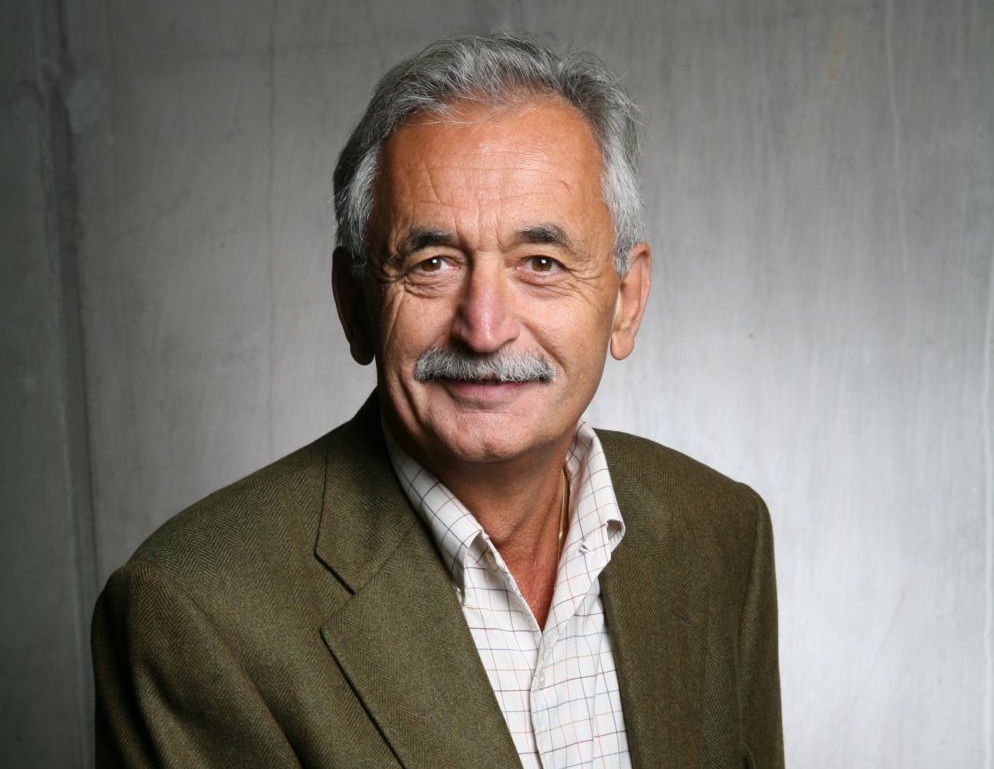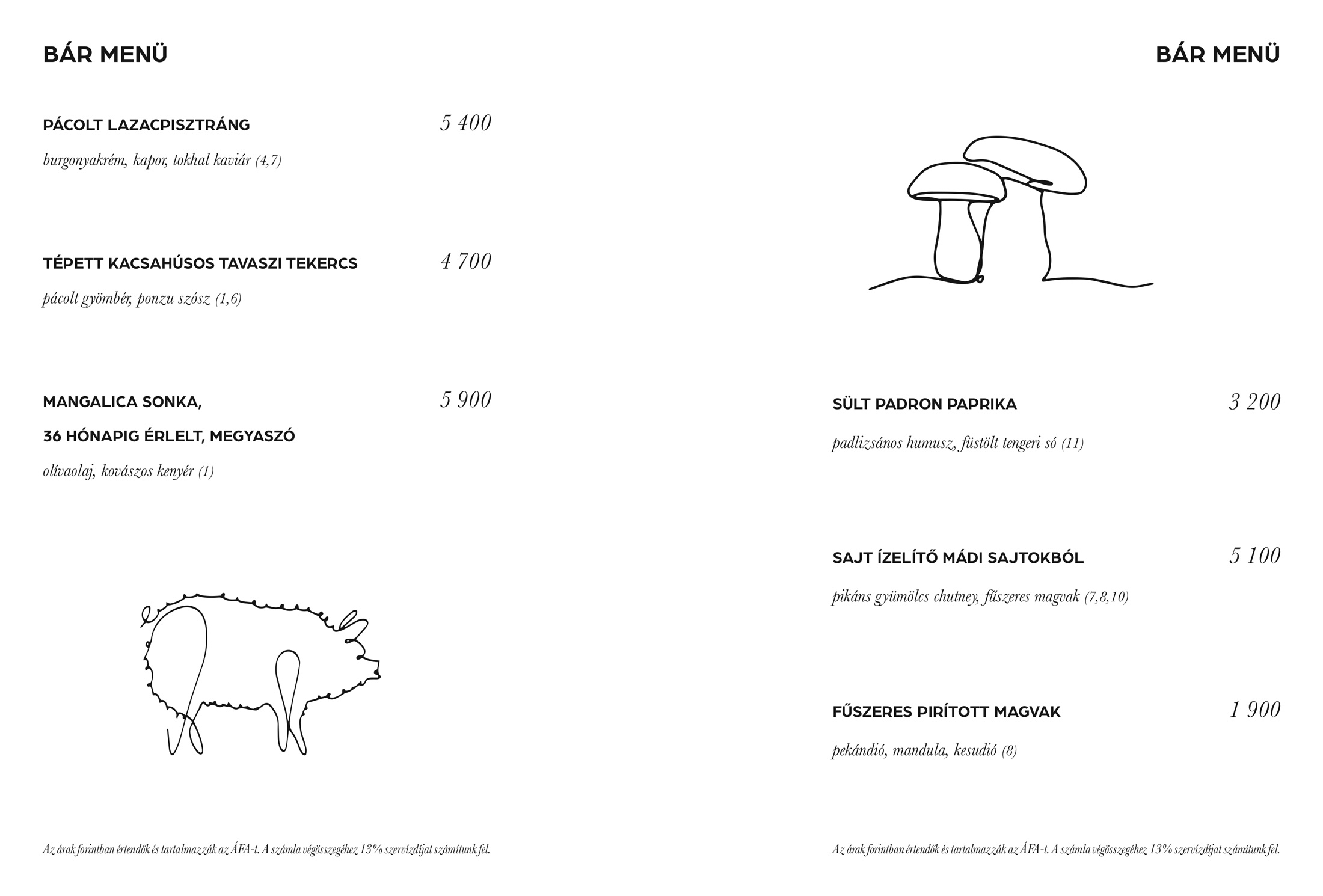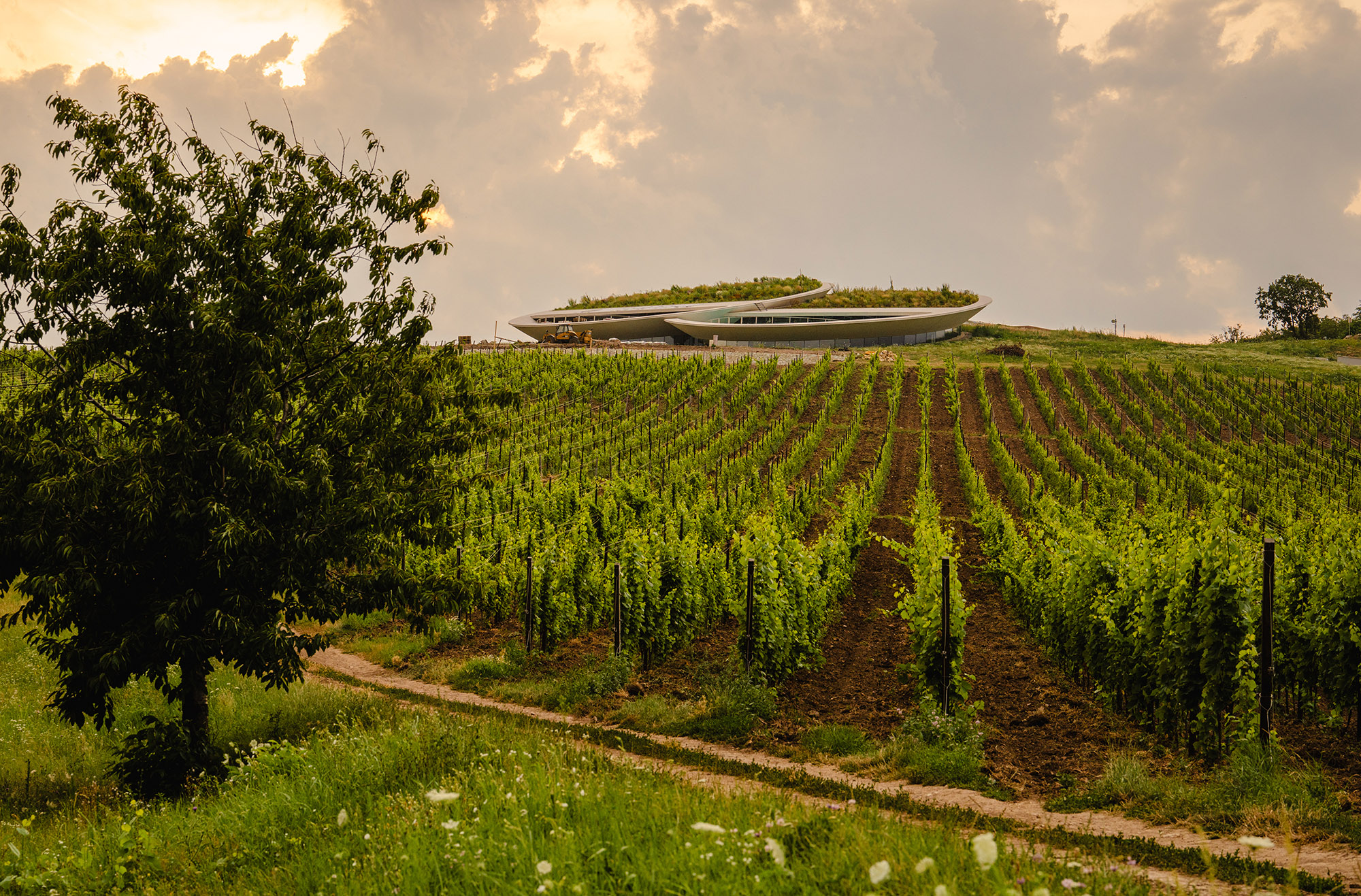Innovation in Hungary
Press - 2017-11-23 10:19:46
Wine Spectator`s Senior Editor Bruce Sanderson`s 2008 article about the Sauska wineries based on their conversation with friend and former consultant legendary Californian winemaker Paul Hobbs and proprietor Christian Sauska.

Since then we parted ways with our first winemaker and relaunched Sauska Tokaj in 2009, our pursuit of precisely expressing the terroir remained unchanged.
“In my 15 years with Wine Spectator, I have often heard rumblings about improvements in the quality of the wines of Eastern Europe. Most of my tastings of these wines over that period proved disappointing. However, one area has moved forward by leaps and bounds (thanks in large part to foreign investment): Hungary's Tokaj region. Today, there are many excellent producers of this unique dessert wine.

What about the rest of Hungary? I recently tasted some reds from the Villány appellation, notably from Attila Gere (Cabernet Sauvignon Villány 2003, 88 points, $28) and József Bock (Villány Bock Cuvée 1999, 88, $48), which were distinctive and full of sweet fruit. Villány is one of the premier red wine areas of Hungary. It features mountains for protection from the cold eastern winds and limestone and marl soils ideal for growing vines.
Now, Paul Hobbs, who makes wine in California and through a partnership in Argentina and has consulted in California, Chile and Argentina, is bringing his expertise to Hungary. Hobbs has teamed up with Hungarian national and entrepreneur Christian Sauska to make white wines from Tokaj under the Arvay label and reds from Villány called Sauska. There is also a range of late-harvest and aszú wines made by Janos Árvay.
The Tokaj operation consists of 198 acres of white grapes. Additional Chardonnay and Sauvignon Blanc grapes are purchased from growers, with the viticulture under control of the Arvay team. Hobbs has been developing a range of dry wines from the region. The Furmint Tokaji Szent Tamas 2007, already in bottle, carries the Tokaj appellation because it is an approved grape variety for the region. A vineyard-designated white (Szent Tamás), it displays light oak spice and honey notes with good underlying structure and a long, minerally finish.
Since the project is new, investment in new barrels was necessary, but Hobbs was careful not to overwhelm the Furmint, which is sensitive to oak. Thus, 500-liter barrels were used, with only a small percentage of new oak and only for five months, after which the wine was put into stainless steel.
Since Sauvignon Blanc and Chardonnay aren’t approved grape varieties for the Tokaj appellation, they carry the Zempléni name, after the local hills.

The Sauvignon Blanc Zempléni 2007, also bottled, offers a rich, soft profile, with melon, peach and honey flavors, bordering on tropical fruit flavors. It is full and round, with a salty tang on the finish. Hobbs wanted more acidity and admitted the grapes were picked too late, saying “It’s a work in progress.” Future versions of this wine are likely to have more structure.
The two Chardonnays, from different areas, reveal distinctive characters. These were barrel samples, which will be bottled in June. The Chardonnay Zempléni Tolcsva 2007 was creamy, with peach flavor accented by spice and butterscotch. Underlying it all was a taut structure. The Chardonnay Zempléni Sarospatak 2007 exhibited more new oak character (both were fermented in 100 percent new French oak), butter and spice components. It’s a more flamboyant version.
We talked about the Sarospatak being more California in style while the Tolcsva is more Burgundian. Regardless, both wines were made in the same fashion, so the differences are from the vineyards.
As good as the whites are, I was more impressed with the reds. The Sauska Villány Kadarka 2006 was light and peppery, with mild tannins. It’s an easy drinking red from one of Hungary’s indigenous grapes.
The Sauska Siklósi Cuvée 2006, a blend of Merlot, Cabernet Franc and Cabernet Sauvignon, offered a lovely spicy perfume reminiscent of cardamom with ripe fruit tinged with chocolate.
The “big boys” were designated on the label as T1 for “Tier One.” The grapes for this range are selected from the best blocks of vineyards, which there are currently 148 acres owned by Sauska in the Villányi region. The Merlot Villányi T1 2006 revealed dark, lush blackberry and plum in a smooth, balanced profile. The Cabernet Franc T1 2006 was less fleshy than the Merlot, but more aromatic. Cassis, black cherry and hints of herb and licorice filled its ripe frame.
The Villányi Cuvée T1 2006 is the same blend as the Siklósi Cuvée, selected from the best vineyard blocks. Ripe and supple, yet with a firm structure, it showed a more chewy texture than the others in the T1 range and flavors of black cherry, black currant, licorice and spice.
The Kadarka was already in bottle; the others will be bottled in June.
The biggest challenge for Hobbs was the “lack of technical knowledge” in Hungary. These young wines were some of the most impressive I have tasted from the country. Perhaps now, the rest of the country is catching up with Tokaj.
Photo by: David Yellen


